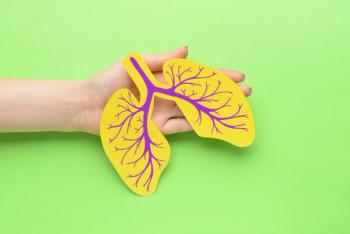
Asthma Education Program in a Hispanic Community Proves To Be Cost Effective
Program in Hidalgo, Texas, cost less than $250 per family. A study found that the intervention saved each household an average of $36 per day.
According to the
Interventions that include patient and family education can improve health outcomes in people with asthma.
The researchers conducted a cost-effectiveness analysis of the Asthma and Healthy Homes Program developed by the Texas A&M Health Science Center to provide families with asthma education, identify and address common household asthma triggers, and create a family action plan. The study compared the cost of the program with the hypothetical savings in healthcare use afforded by changes in asthma symptoms and calculated cost-effectiveness ratios.
Between 2016 and 2019, 349 children and their families from a primarily Hispanic and low-income community received asthma-related educational services through the Texas A&M program as part of this study. The program’s components include identifying asthma signs and symptoms and common triggers; and proper use of asthma medication and dealing with asthma exacerbations. It also focuses on improving the household environment by keeping the home dry, ventilated, and free of pests, contaminants, and hazardous exposures. Trained community health workers visited the participants’ homes to provide asthma-related education.
Cost-effectiveness ratios were calculated for the following outcomes: the number of asthma exacerbations, hospital and emergency room visits, physical and emotional health of the children and the families, and activities of the children and the families.
Newsletter
Get the latest industry news, event updates, and more from Managed healthcare Executive.




















































